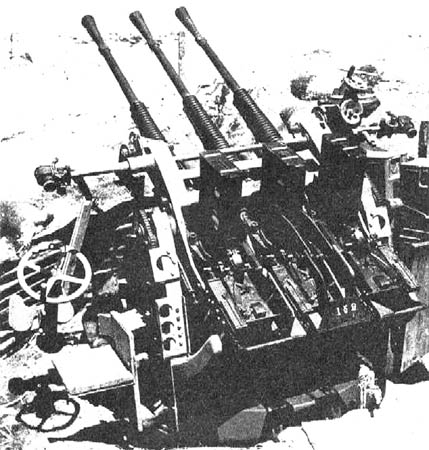I quote out of the book THE DISCOVERY OF THE BISMARCK by Robert D. Ballard.
“The venerable Rodney had fared much worse. The force of the explosion from a shel that landed in the water close by had jammed her port torpedo tube doors. But this was minor compared to the side-effects of the continuous firing of her big guns, several of which actualy jumped their cradles. There was damage throughout the ship. Another U.S. passenger on board, a Chief Petty Officer Miller, described the devastation in his report: “Tile decking in washrooms, water closets and heads were ruptured throughout the ship. . . . Longitudinal beams were broken and cracked in many parts of the ship having to be shored. The overhead decking ruprured and many had leaks were caused by bolts and rivets coming loose. All compartments on the main deck had water flooding the decks. . . . Cast iron water mains were ruptured and in many instances broke, flooding compartments. . . . Bulkheads, furniture, lockers and fittings were blown loose causing undue damage to permanent structures when the ship rolled.” Given the evidence, the damage from even one wel-place 15-inch shell would likely have been enormous.”
So there it is.
Henk







